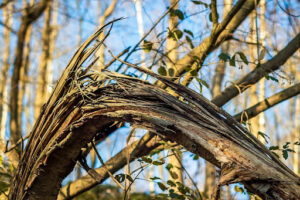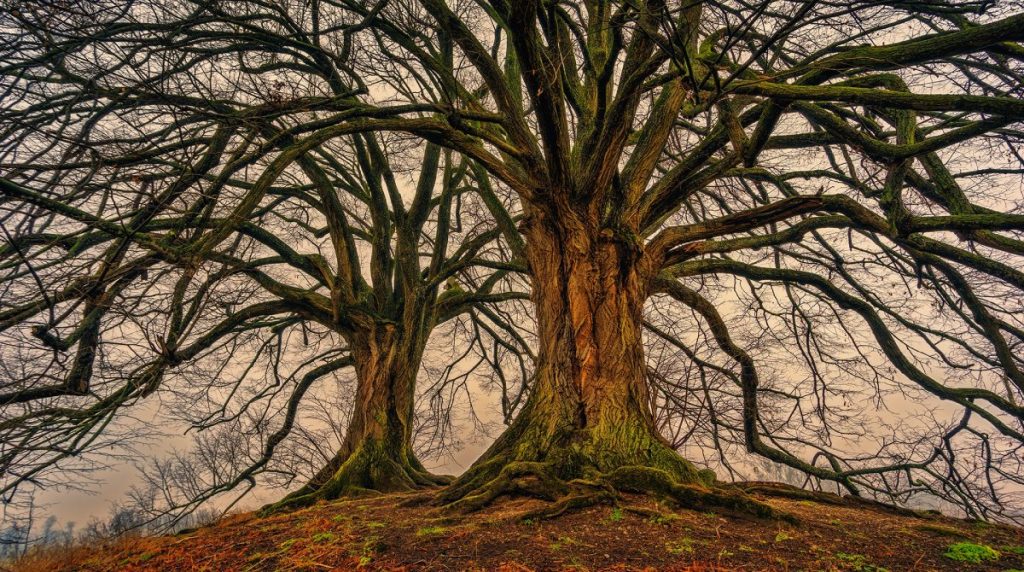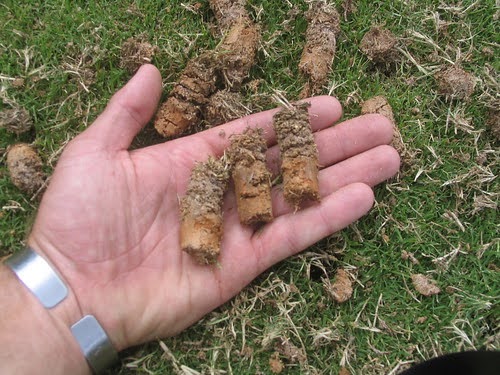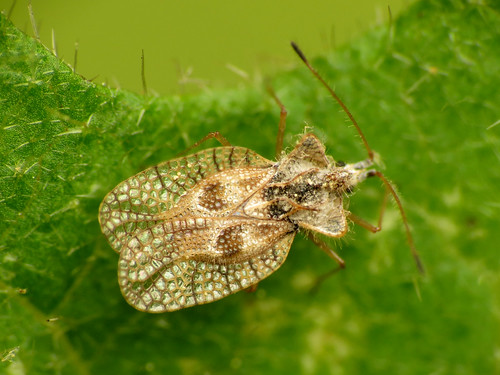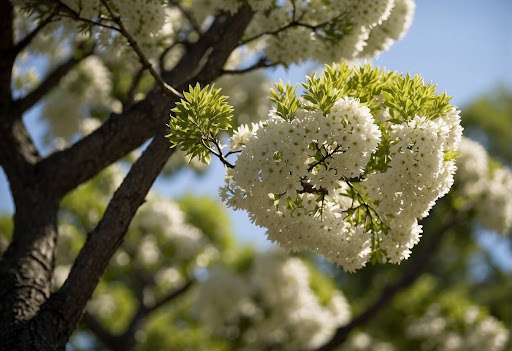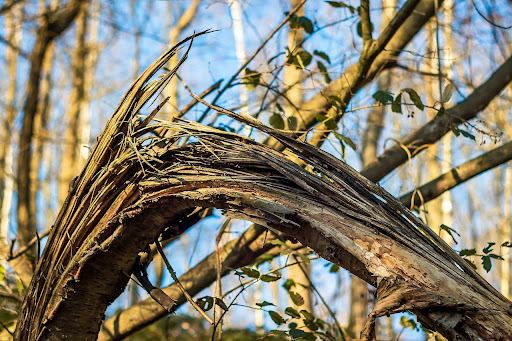
Date November 08, 2023
Trees that develop defects run a much higher chance of failing because of instability. Arborists have methods of resolving these defects systematically with the help of durable support components, such as cables and braces. Come learn more about the importance of tree cabling and bracing services in Argyle, Texas, so you can keep yourself, your family, and your property safe from damage.
What Are Tree Cabling and Bracing?
Image via Pixabay by analogicus
Tree cabling and bracing are physical support systems for preventing limb or whole-tree failure. They work by limiting the movements of a tree’s limbs, its central stems, or the tree itself.
Cabling involves the installation of high-strength steel cables that attach one limb to another or to the central stem. The connection is made possible with the use of anchors inserted into the pertinent segments of the tree. The location of each anchor depends in part on the area of structural weakness being addressed. Bracing follows the same general principle, except it involves the installation of rigid rods and is often supplemented with cabling.
Why Is It Important to Cable and Brace Trees?
No two trees, even of the same species, grow exactly the same. Some develop weak points, which only worsen as the tree grows. Eventually, the tree may fail at the weak point, causing one or more heavy limbs to break and fall onto surrounding people or objects. Cabling and bracing, however, can keep that from happening. It can also preserve the tree itself, allowing you to retain an aesthetically pleasing (and value-raising) component of your property.
How Can You Tell Whether You Need Cabling or Bracing Services?
Below are some common signs that a tree may need cabling or bracing:
Codominant Stem
A codominant stem is when two or more stems branch out from the central stem, creating a V-shaped appearance. If the stems are roughly equal in diameter and grow away from each other at a stark enough angle, the resulting stress can cause the stems to break or fall, particularly amid strong winds or heavy storms.
Overextended Limb
An overextended limb is one that is too large relative to the rest of the tree. It can be especially dangerous if the limb grows horizontally or downward, causing stress at the attachment, much like a codominant stem.
Heavy Limb
Similarly, a heavy limb can introduce a weak point by sheer weight. Heavy limbs often occur when a branch is overladen with foliage or fruit, particularly toward its end. Snow or ice may also increase limb weight and the risk of breakage.
Splitting
Splitting at any attachment means breakage may already be underway and is a clear sign that your tree needs an arborist’s attention. Splitting can result from any of the defects described above, or it can be a consequence of sunscald — the death of cells in the bark arising from drastic temperature fluctuations.
Need Help Now?
Should you notice such problems on a tree on your property, we highly recommend seeking cabling and bracing services as soon as possible. At TreeNewal, our ISA-certified arborists have the expertise to assess and treat common structural issues. Drop us a message or give us a call at 817-329-2450 to discover how we can help ensure your stability and safety.
